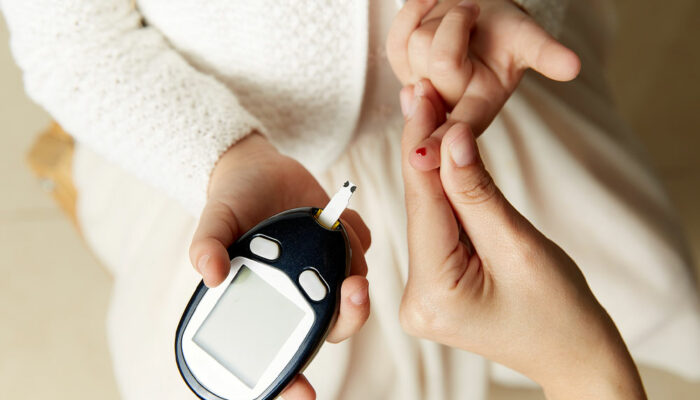8 tips for finding the right lip balm

The skin on the lips is delicate and sensitive. While tips like maintaining sufficient hydration and avoiding habits like nibbling on the lips help, there is more to lip care. Using lip balms regularly helps protect the lips from heat, dust, and pollutants. Along with focusing on moisturizing properties, one can pick products with tints or fragrances. With several products in the market, choosing a lip balm with the right ingredients is vital.
Eight tips for finding the right lip balm
Check the ingredients of a given lip balm
One thing to do whenever one checks out a lip balm online or at a nearby store is to scan through each ingredient. Examining the ingredients helps buyers determine which component is beneficial for their personal needs (or is harmful). For example, a given ingredient may trigger allergic reactions in buyers. Some lip balms may also contain ingredients like menthol, which dry out the lips and cause one to repeatedly reapply the product.
Also, certain ingredients are toxic for some users and could lead to severe conditions like mouth disorders and other problems. So, it is crucial to check the ingredients of a lip balm and ensure they are safe for use.
Consider the fragrance and color
Many lip balms have an added USP of great tints, flavors, and fragrances. While one may not think much about these aspects of the product, they are essential things to consider. Regarding color, buyers may want to buy balms that complement their skin and lip tone. Regarding scents, buyers may lean towards purchasing balms that do not have a strong and potentially offensive odor. Also, testing and trying lip balms with different colors or fragrances makes one’s lip care routine more enjoyable. One must ensure that the tints and fragrances added to the product do not have a harmful composition.
Check the packaging
Like a lip balm’s color or fragrance, even the packaging may not seem important to consider before spending money on the product. Nevertheless, packaging is also important. Lip balms are available in many types of containers: tins, tubes, and sticks. Choosing a type that makes it easy for people to apply their lip balm on the go or containers that can be repurposed for optimal use as per an individual’s specific requirements exemplifies the significance of a balm’s packaging type and material.
Check if the lip balm has the right SPF levels
Dermatologists typically advise people to avoid over-exposure to the sun to prevent various skin issues. Sun rays, especially during unforgivingly hot mornings and afternoons, can damage one’s skin cells and cause them to develop wrinkles at a very young age. This applies to a person’s lips too. Over-exposure to the sun may lead to shriveled lips. Using lip balms with the right SPF levels is necessary to protect one’s lips from the sun’s radiation. One must purchase balms with SPF levels of at least 30 or above. Sunscreen-infused lip balms shield one’s lips from sunburn and even help keep major disorders like skin cancer at bay.
Buy lip balms with the right texture
The texture of a lip balm includes factors like smoothness, ease of application and removal, and thickness. This tends to be subjective and changes from person to person. Essentially, buyers need to opt for lip balms with a texture that suits their personal preferences so they don’t feel the need to avoid using them due to discomfort. Lip balms must feel comfortable on the skin and be easy to apply or rub off.
Address allergy concerns
One cannot stress enough how critical it is to purchase balms only after checking for potential allergens. For example, certain people are allergic to strong smells, so they must opt for hypoallergenic or fragrance-free lip balms to avoid issues after application. People with sensitive skin must purchase balms with properties that suit their requirements, such as products emphasizing hydration rather than cosmetic benefits. Ignoring a lip balm’s ingredients may result in rashes, numbness on or around the lips, or other issues.
Allergies do not come with warnings, which is why people must actively choose lip balms that meet the required industry standards and are safe for use.
Look for petroleum-based jelly products
Jelly-based lip balms are commonly used and are quite effective. The main value of such products is in their ability to keep one’s lips moist and soft for long periods throughout the day. Using petroleum-based jelly products is the most effective way to prevent lip drying, chapping, and other lip damage. That said, some petroleum jelly-based products can be very heavy on the lips and may cause discomfort. So, trying a range of lip balms with this particular ingredient is advisable to find the right one for regular use.
Opt for organic products over chemical ones
Organic-based lip balms contain fewer to no chemicals. On the contrary, lip balms with only synthetic ingredients may have a higher chance of leading to skin issues and allergic reactions in users. Organic lip balms, in most cases, can shield one’s lips from those problems as they contain mostly nature-derived ingredients. Additionally, the texture, scent, and overall feel of these lip balms are considered to be better than those of chemical-based synthetic balms. For these reasons, an organic balm is recommended over a synthetic balm.

